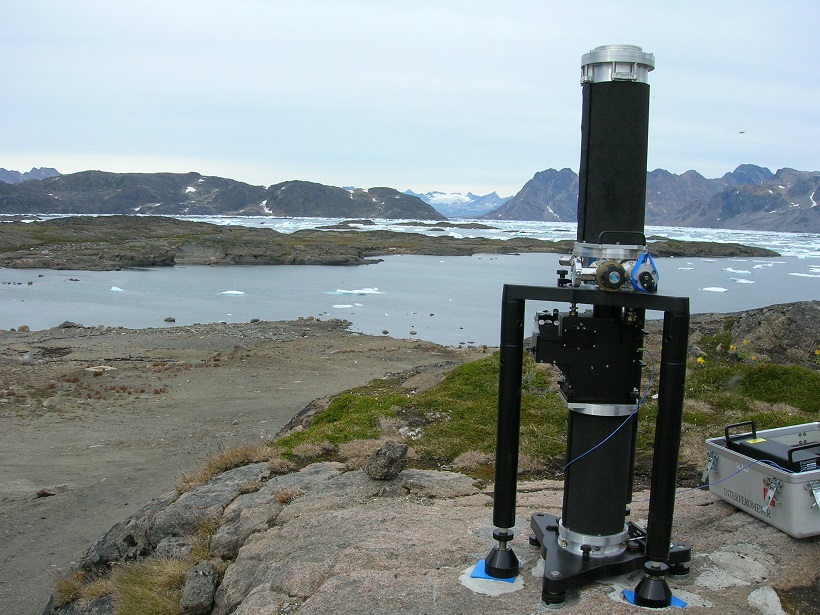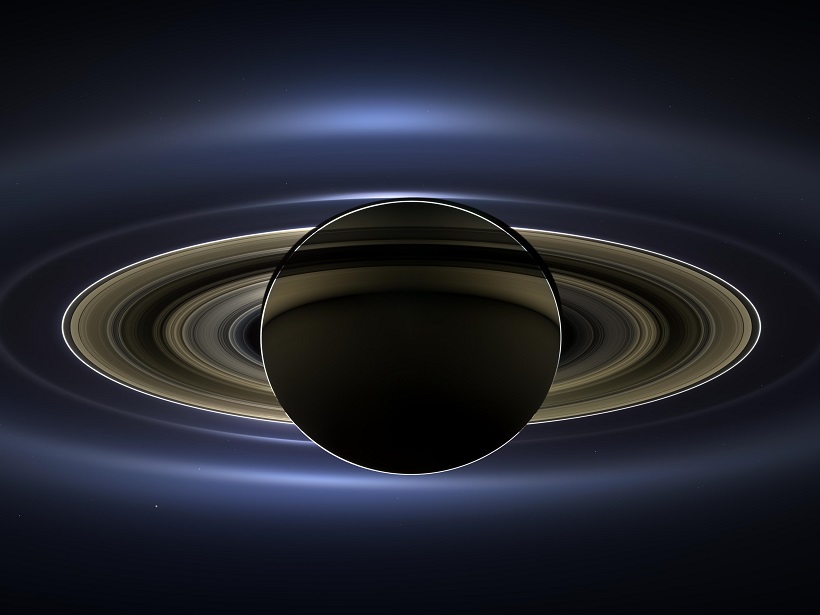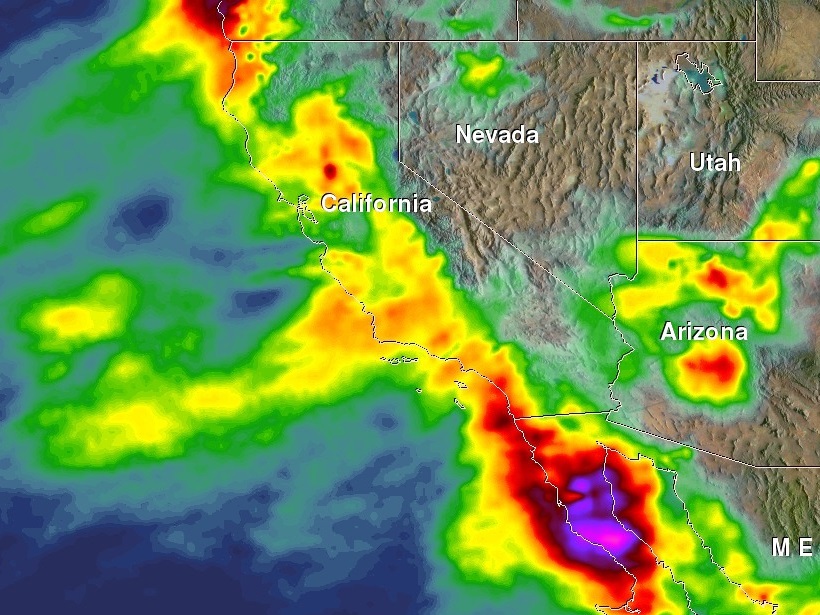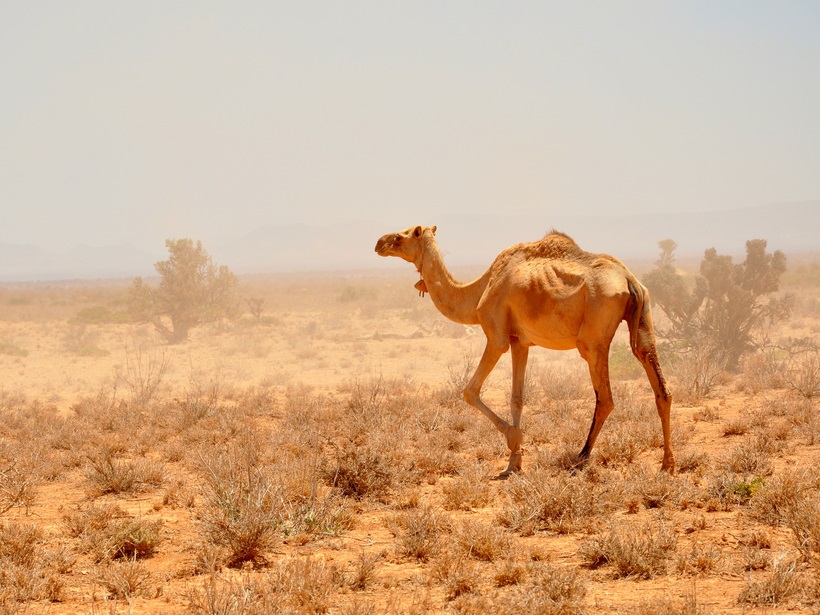A recent article in Reviews of Geophysics examined terrestrial techniques for measuring changes in gravity over time and their application to the geosciences.
Reviews of Geophysics
Tropical Teleconnections
A recent article in Reviews of Geophysics explored how regional climate and weather is interconnected across space and time.
Cassini’s Legacy in Print
With over 750 papers published in AGU journals based on Cassini-Huygens mission data, three editors select some of the most noteworthy.
Peering into the Cracks
A recent article in Reviews of Geophysics combined mathematical modeling, fracture mechanics theory and engineering research data to provide new insights into a critical geological process.
Small Streams Make Big Contribution to Carbon Cycle
A recent paper in Reviews of Geophysics discussed the carbon dynamics of headwater streams.
Preventing Climate Change by Increasing Ocean Alkalinity
A recent paper in Reviews of Geophysics discussed increasing ocean alkalinity as an alternative method of carbon sequestration in response to climate change.
Caught on Camera: Volcanic Bombs in Flight
A recent paper in Reviews of Geophysics revealed new insights into the flight patterns of solid and molten debris flung out of volcanos during explosive eruptions.
Concepts for Dealing with the Complexity of Weather and Climate
A recent article in Reviews of Geophysics describes how a nonlinear approach and the concept of regimes helps our understanding.
Short Rains and Long Rains
A recent paper in Reviews of Geophysics examined the drivers of interannual and regional rainfall variability in eastern Africa.
Tiny Particles with Big Impact on Global Climate
A recent paper in Reviews of Geophysics suggests that new understandings of secondary organic aerosol may require a rethinking of atmospheric chemistry-climate models.










